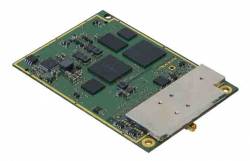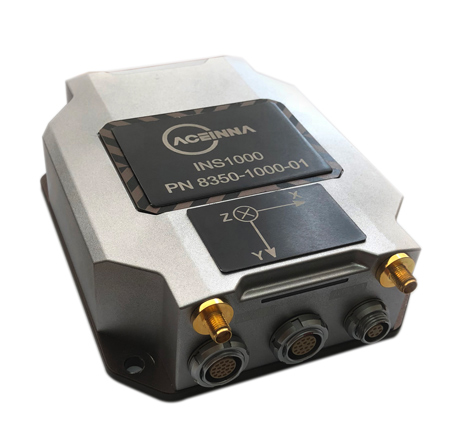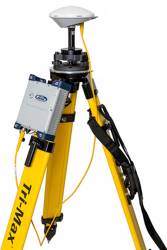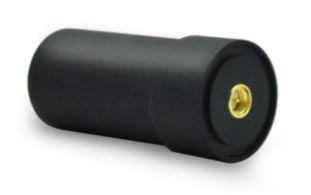 AsteRx3 Receiver from Septentrio
AsteRx3 Receiver from SeptentrioSeptentrio has launched the AsteRx3, a compact multi-frequency GPS/GLONASS/Galileo and Compass/Beidou-ready receiver.
AsteRx3 is specially designed for integration in demanding precision positioning, navigation, and automation applications such as land and maritime survey, machine control, and unmanned aerial vehicle (UAV) payloads.
Septentrio has launched the AsteRx3, a compact multi-frequency GPS/GLONASS/Galileo and Compass/Beidou-ready receiver.
AsteRx3 is specially designed for integration in demanding precision positioning, navigation, and automation applications such as land and maritime survey, machine control, and unmanned aerial vehicle (UAV) payloads.
The new receiver from the Leuven, Belgium–based company provides simultaneous access to legacy and modernized GPS, GLONASS and GALILEO signals on L1, L2, L5, E5a, E5b and E5 AltBOC.
AsteRx3 introduces a range of innovative features, collectively known as GNSS+. These include ATrack+, Septentrio’s patented Galileo AltBOC tracking, which provides low-noise tracking and multipath resistance for the most advanced Galileo signal. LOCK+ tracking offers tracking stability under high vibration conditions.
APME, an advanced multipath mitigation algorithm, has been extended for use with the modernized signals and provides multipath mitigation, especially for the predominant and harmful short-delay multipath. Septentrio’s Advanced Interference Mitigation (AIM+) technology protects receivers against in-band interference and allows users to identify the interference in a “spectrum plot” view.
These innovative tracking algorithms are complemented with RTK+ for extended RTK baselines up to 50 kilometers or more as well as faster initialization.
“With the evolution of GNSS systems, more and more users demand the possibility to prepare for the benefits these new signals and systems bring,” says Peter Grognard, managing director of Septentrio. “AsteRx3 exploits the capabilities of these signals with our latest ASIC technology.”
According to the company, AsteRx3 is completely plug-compatible with AsteRx2 and AsteRx2e receivers, the AsteRx family enabling system integrators to build solutions which perform optimally with signals available today and can be migrated to new signals and systems in the future.
Septentrio will start shipping AsteRx3 in the first quarter of 2010.




